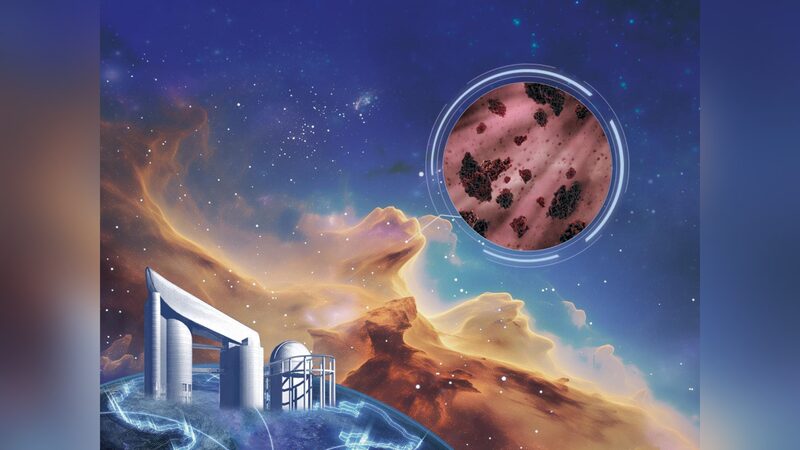International astronomers have taken a giant leap in our understanding of the cosmos by unveiling the first 3D map of interstellar dust in the Milky Way. This pioneering feat charts the delicate interplay of dust particles that obscure and alter starlight, a phenomenon known as extinction, which is critical for precise astronomical observations.
Leading the research is Chinese doctoral student Zhang Xiangyu at Germany's Max Planck Institute for Astronomy, together with his advisor Gregory Green. Their team combined high-precision data from China’s Large Sky Area Multi-Object Fiber Spectroscopic Telescope (LAMOST) with results from the European Space Agency’s Gaia space observatory. This integration resulted in an extensive catalog detailing the absorption and scattering effects of dust on over 130 million stars, allowing the team to construct a three-dimensional map that extends up to 16,308 light-years across the galaxy.
The interstellar medium, composed of both matter and radiation that fills the space between stars, plays a pivotal role in the Milky Way’s material cycle and star formation. By addressing the challenges of starlight extinction, this innovative map not only enhances the accuracy of future astronomical studies but also deepens insights into astrochemistry and the evolution of our galaxy.
This breakthrough demonstrates the power of international collaboration and data-driven research, offering fresh perspectives that could spark further discoveries in astrophysics. As young global citizens and tech enthusiasts explore these developments, the study serves as a reminder of the endless wonders awaiting us in the depths of space.
Reference(s):
cgtn.com



